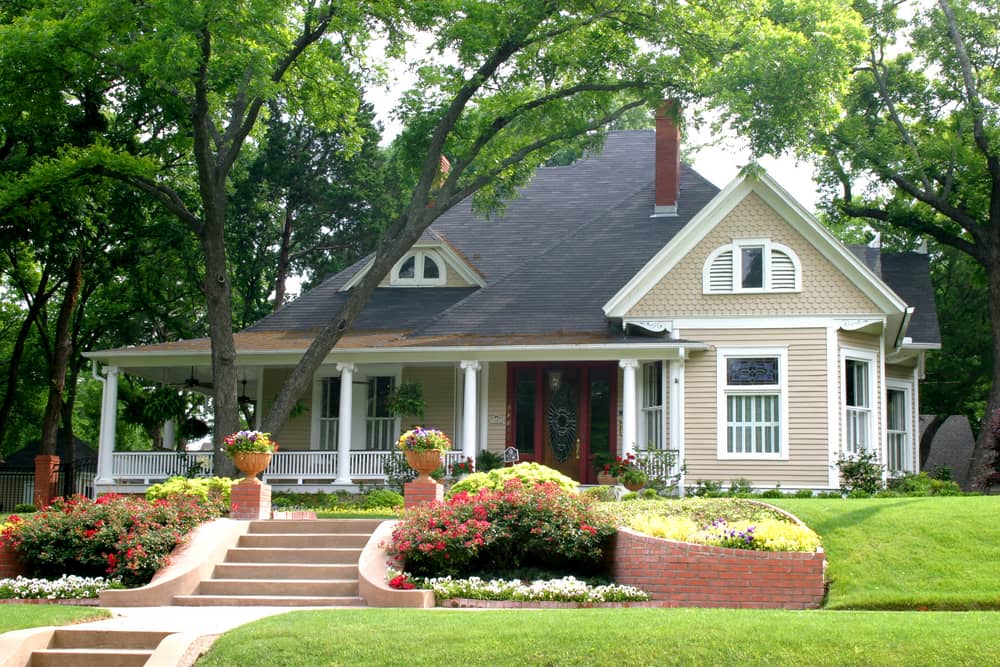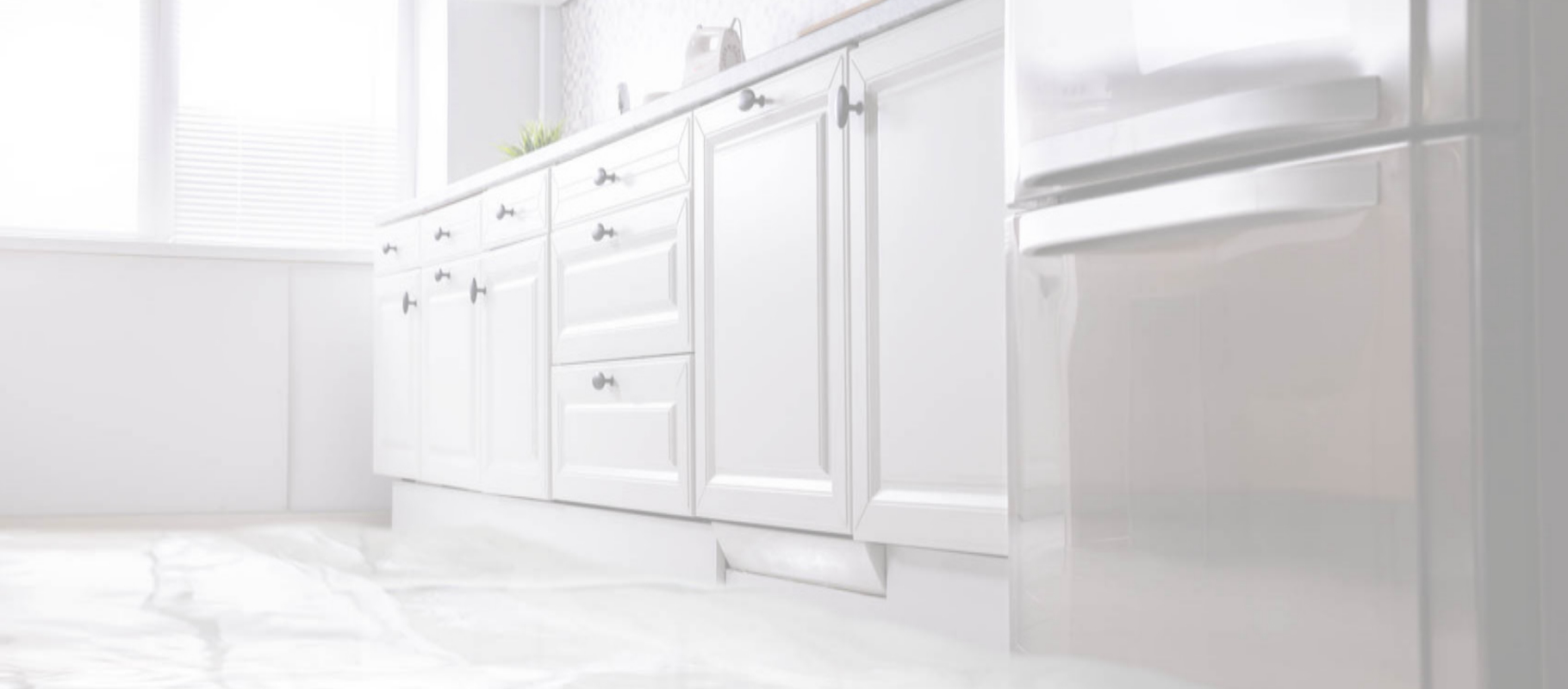24/7
Emergency Services
We Work Directly
With Your Insurance Company
We Help
Save You Money
How To Find Water Damage In An Older Home

Older homes can be full of history and charm, but they can also mean many problems for homeowners - some of which can be difficult to detect. One of the biggest issues that plague historic homes is water damage.
Water damage can cause extreme problems to a property, and it doesn’t take long for the damage to settle in. One minor problem can turn into a large issue if left untreated for a short period of time, leading to damage that requires many hours and dollars to repair.
While some types of water damage are easy to detect, there can be hidden signs of water problems in your home, and they are difficult to spot if you are not looking for them. If you are a current homeowner with a historic home in Southport, Wilton, or surrounding areas or looking to purchase the old home of your dreams in these areas - it is important to watch for signs of water damage and fix the issue early - before the problem gets out of hand.
What Does Water Damage Look Like?
Water damage can take different forms - and it isn’t always a visible clue that will give it away. You have to use all of your senses to detect water damage.
- Look for water stains. This is a fairly obvious sign that there’s a problem. If you notice water spots on the ceilings or the walls, it’s time to bring out a professional to check out the area to find out where the water came from. If you notice water spots during a walk-through of a potential home purchase, ask for proof that the water damage has been repaired.
- You notice the buckling of floors and walls. This can be a sign of a large problem. When drywall or wood absorbs water it swells. The result of swelling wood is a buckling that you can see or feel when you walk over the area. This can happen with something as small as a shower leak if it is left untreated - or can be caused by a major storm.
- Crumbling or rotting wood around windows, baseboard, or molding can mean the wood is rotting because of water damage.
- You smell a musty scent every time you walk into a certain area of your home. While this is not a visual sign, your nose is just as good at detecting water damage. If you smell mold or mildew in a room, chances are there is a hidden leak somewhere in the vicinity behind the walls. Old homes can have a musty smell, but water damage can cause the smell to be much more pronounced.
- Listen to the sound of water droplets. If you suspect a leak but cannot see the proof, listen for the sound of dripping water. Make the home as quiet as possible and try to pick out the source of the leak - follow the sound and you may just detect the problem before it turns into a major issue.
- If you are purchasing a new home, look at areas where the old owners have freshly painted. Patched areas or painted ceilings without the entire house getting the same treatment can be a sign that the homeowners are trying to cover up water damage to sell the home.
Where Can Water Damage Hide?
Once you know how to spot water damage, it’s time to know where to look for the problem that caused or is causing the damage. Here are some common problem areas.
- Windows are prime areas for water leaks. Rain seeps into the window between the sash and jamb and can trickle into the stud between the wall without you knowing it’s happening.
- Under your siding. Typically, water leaks in the siding where the corners meet is a common area for water to seep inside. Unsealed gaps in these spots allow the water to trickle in beneath the siding and eventually get to the plywood that lies beneath.
- Exterior doors can be a common area for water damage. While treated wood is used for the outside threshold around the doors, eventually it can swell and become spongy if you live in a particularly wet climate.
- Painted window sills lead to cracks in the coats of paint, which are prime areas for water to gather and rot away at the wood underneath.
- Under your dishwasher: If there is a small leak under your dishwasher, chances are you will never know until the problem becomes a large issue.
- Next to the tub or shower: Watch for water pooling in areas near the floor and around fixtures.
- Under the toilets: If your toilet isn’t fully secured into your floor it is a prime place for water to gather and rot the subfloor beneath it at the same time.
- Under your sink: Much like your dishwasher, under your sink is a prime area for water leaks. You will notice this leak sooner than later if you store cleaning supplies or other necessities under there, but checking under the sinks on a regular basis is a good idea.
- Behind the drywall after a flood is a prime place for water damage. Even if water subsides quickly and the walls look fine, mold can grow within the stud spaces.
- Around a chimney can become a prime place for water to seep into your attic. Have your roof professionally inspected annually to pinpoint any issues.
While water damage can be costly if not treated immediately, it does not have to be a problem if you know what you’re looking for and if you call in a professional at the first sign of trouble. At Riverside Restoration we’re ready and available to help with these issues - if you have experienced water damage or other problems at your historic home, contact us today.
Need Help with Restoration & Remediation?
Contact Riverside Restoration

